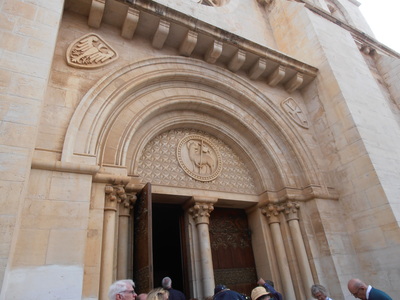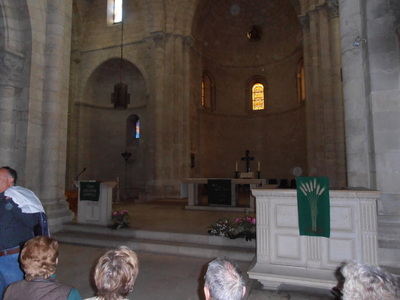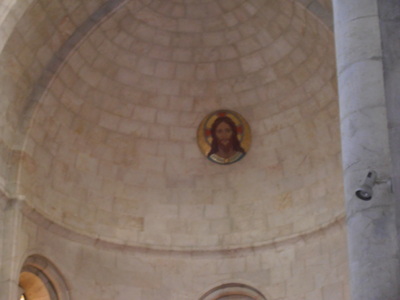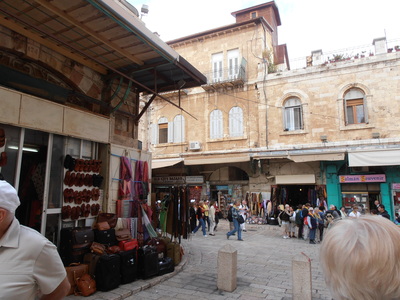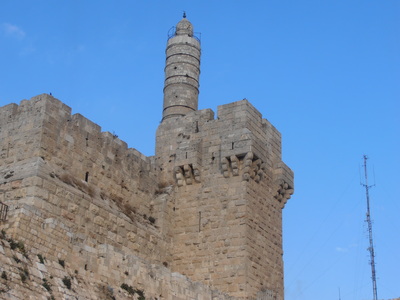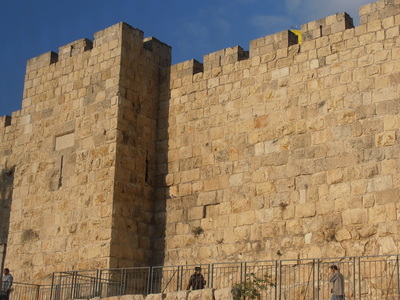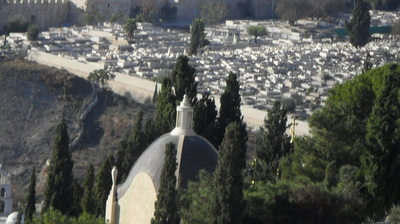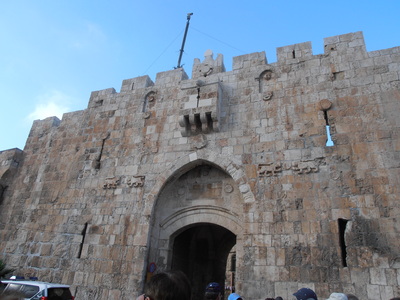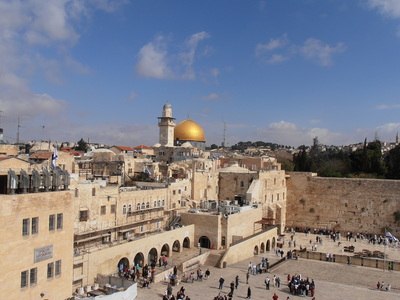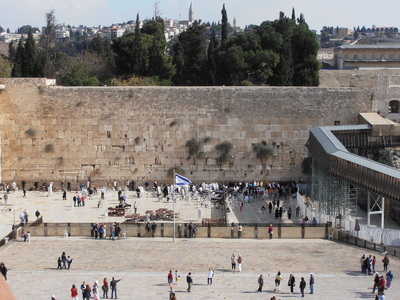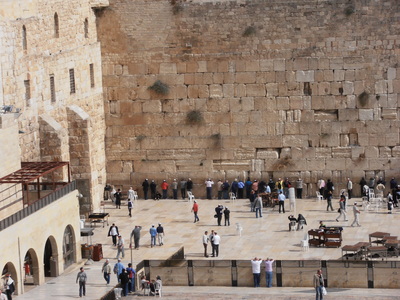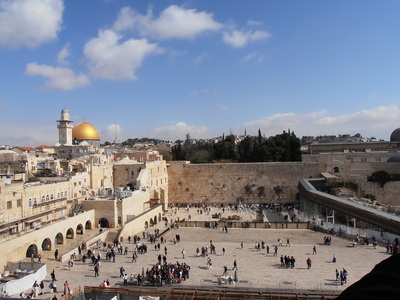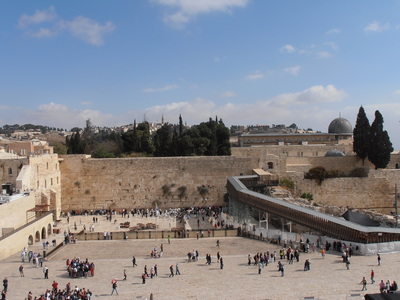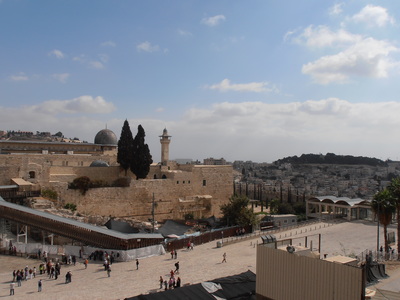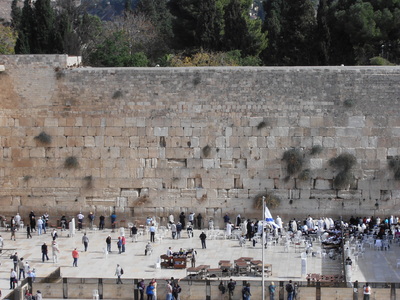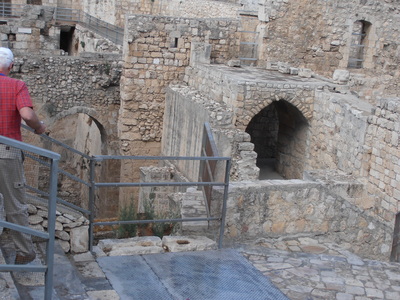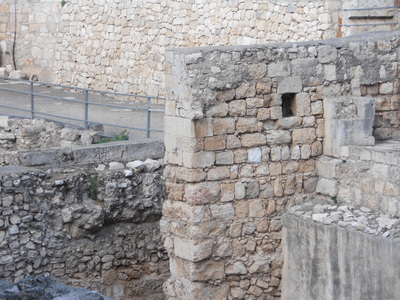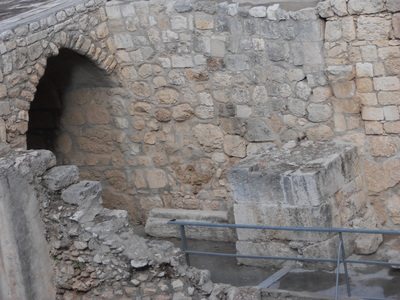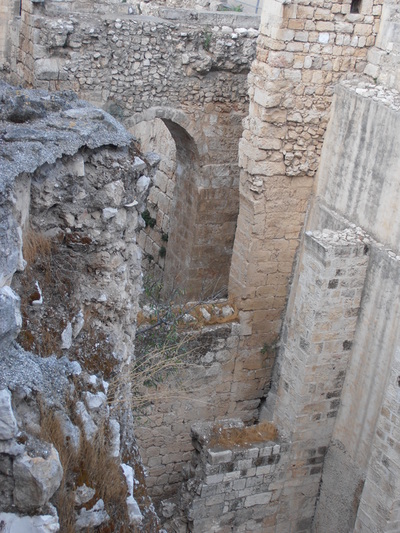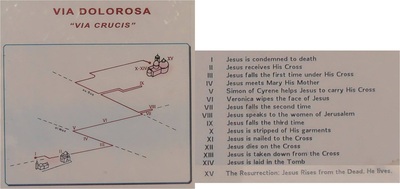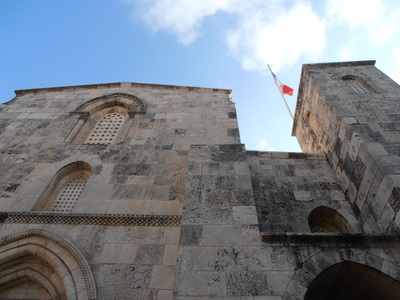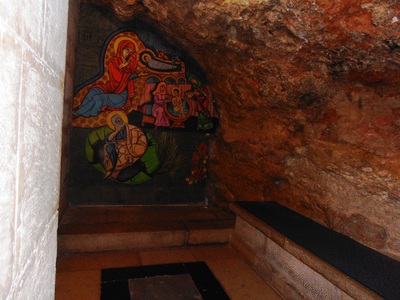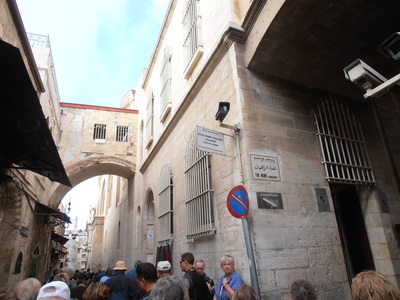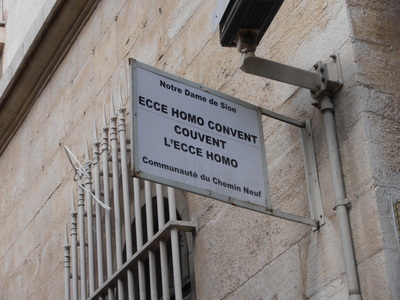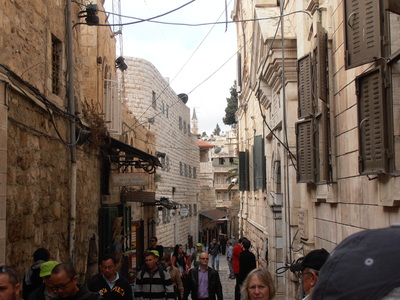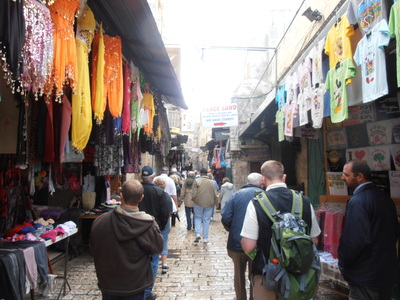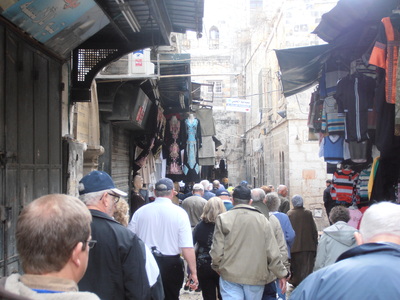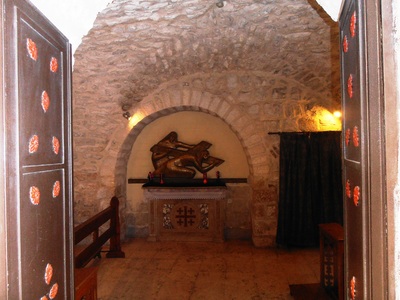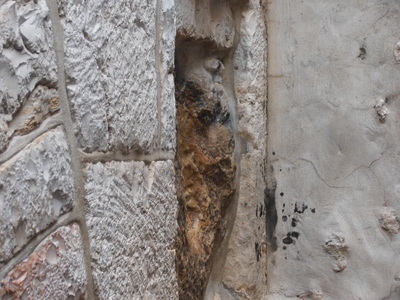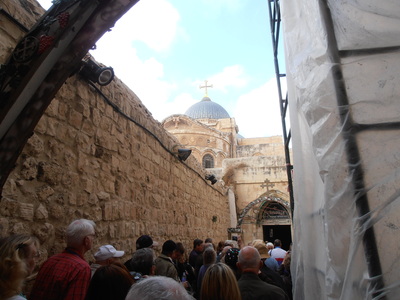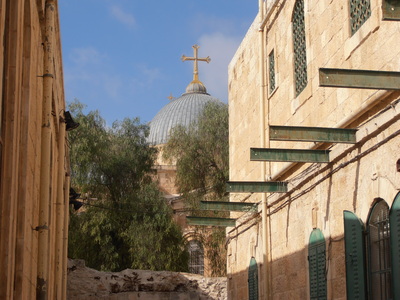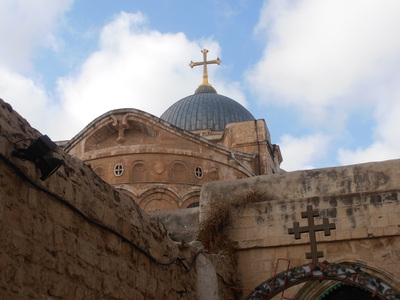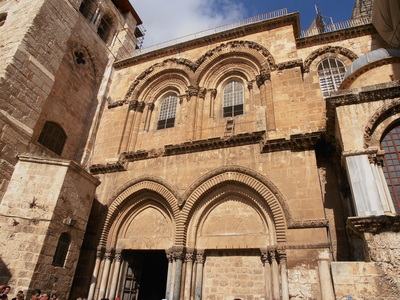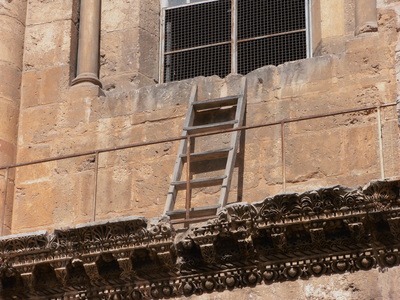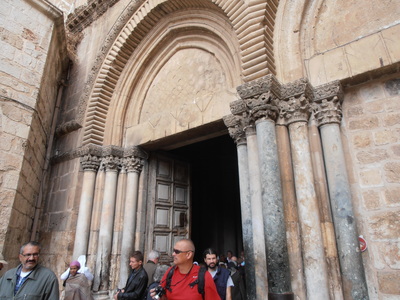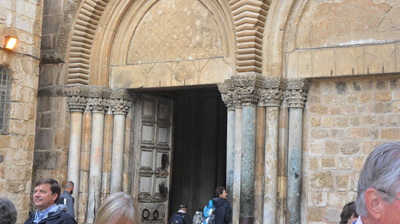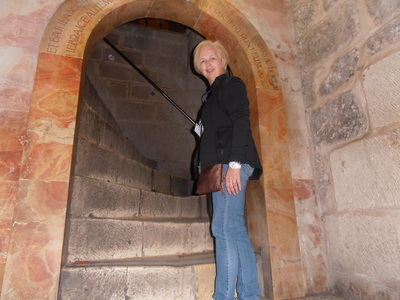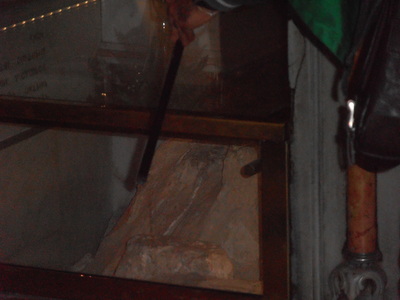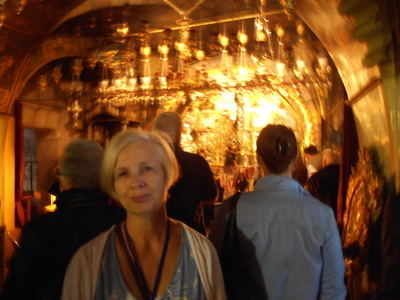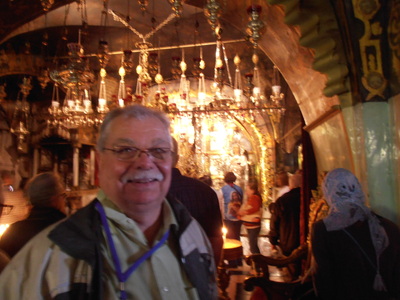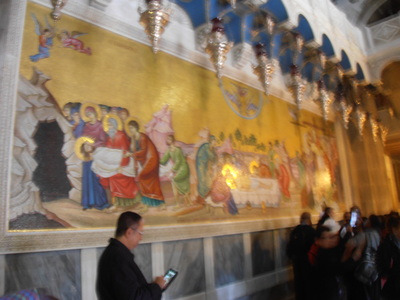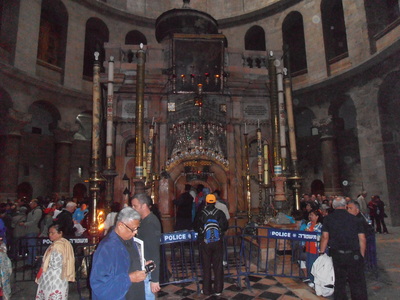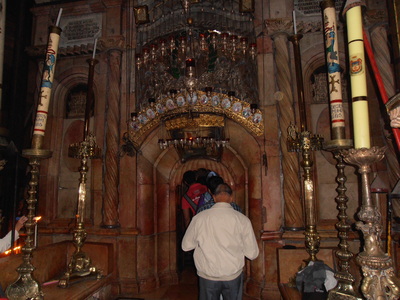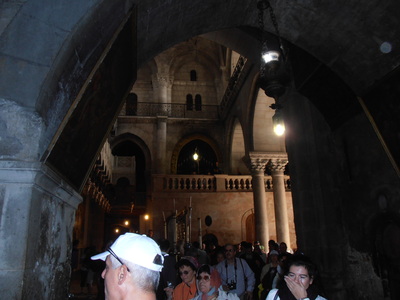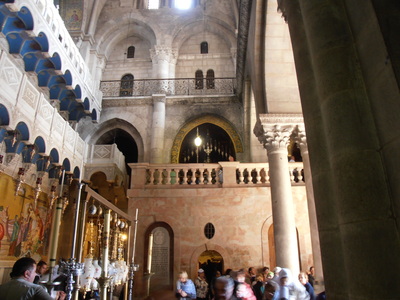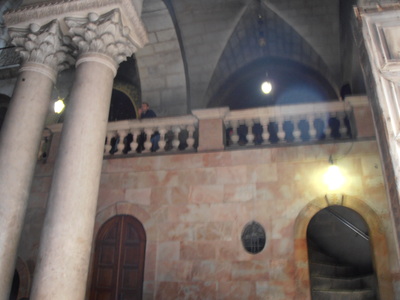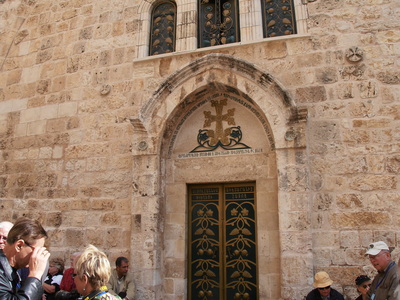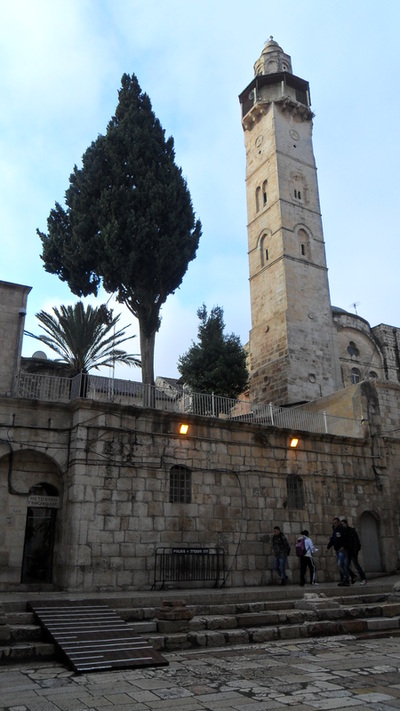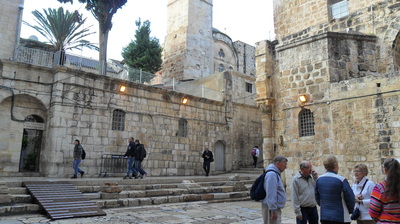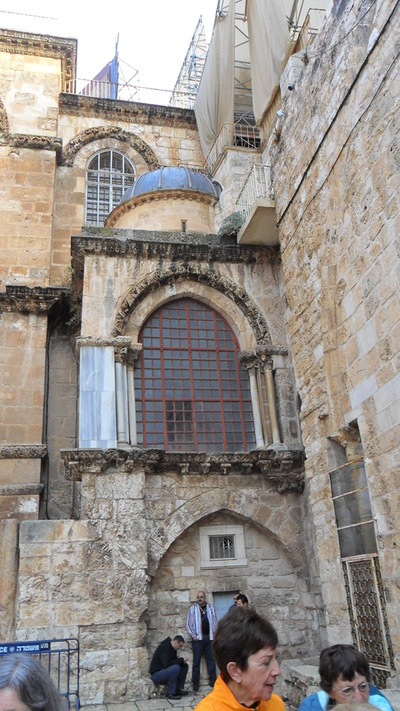Jerusalem
Jerusalem is one of
the oldest cities in the world. It is considered holy to the three major
Abrahamic religions—Judaism, Christianity and Islam. During its long history, Jerusalem has been destroyed at least twice, besieged 23 times, attacked 52 times, and captured and recaptured 44 times. In 1538, walls were built around Jerusalem under Suleiman the Magnificent. Today those walls define the Old City. The Old City is home to many sites of seminal religious importance, among them the Temple Mount and its Western Wall, the Church of the Holy Sepulchre, the Dome of the Rock, the Garden Tomb and al-Aqsa Mosque. (See http://en.wikipedia.org/wiki/Jerusalem)
The Western Wall
The Western Wall, the Kotel, is the most significant site in the world for the Jewish people. It is the last remnant of the Temple. Jews from around the world gather there to pray. (See: http://english.thekotel.org/content.asp?id=212.)
Pool Of Bethseda
When Jesus heals the paralytic in the Gospel of John, the Bethesda Pool is described as having five porticoes—a puzzling feature suggesting an unusual five-sided pool, which most scholars dismissed as an unhistorical literary creation. Yet when this site was excavated, it revealed a rectangular pool with two basins separated by a wall—thus a five-sided pool—and each side had a portico. (See: http://www.biblicalarchaeology.org/daily/biblical-sites-places/jerusalem/the-bethesda-pool-site-of-one-of-jesus%E2%80%99-miracles/)
Via Dolorosa
For many Christian pilgrims to Jerusalem, the most important and meaningful thing they will do while in the city is walk the Via Dolorosa, the route Jesus took between His condemnation by Pilate and His crucifixion and burial. (See: http://www.sacred-destinations.com/israel/jerusalem-via-dolorosa
Church of the Holy Sepulcher
Originally built by the mother of Emperor Constantine in 330 A.D., the Church of the Holy Sepulcher commemorates the hill of crucifixion and the tomb of Christ's burial. (See: http://www.bibleplaces.com/holysepulcher.htm)
